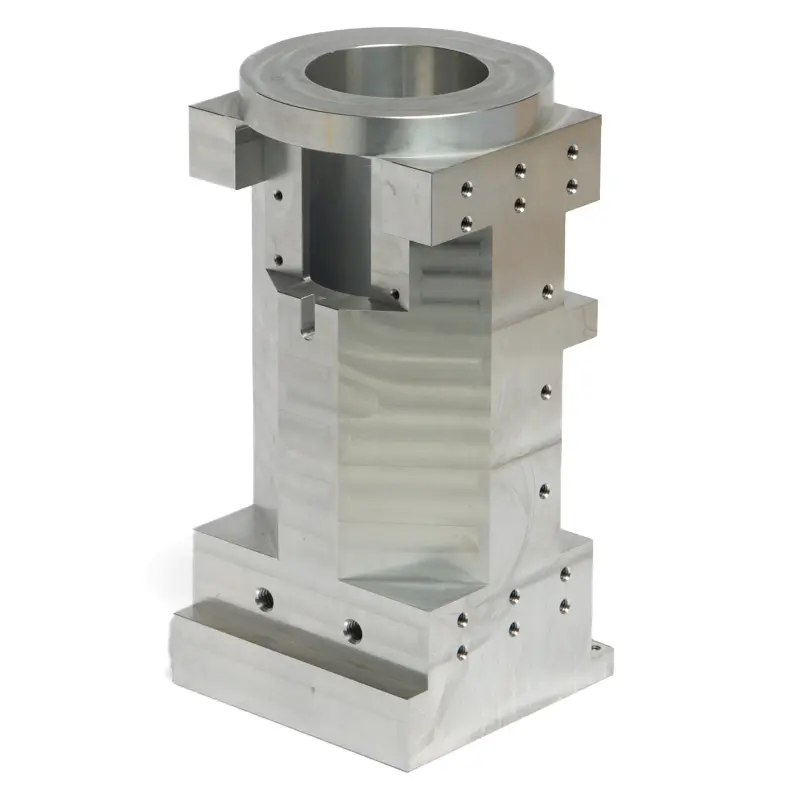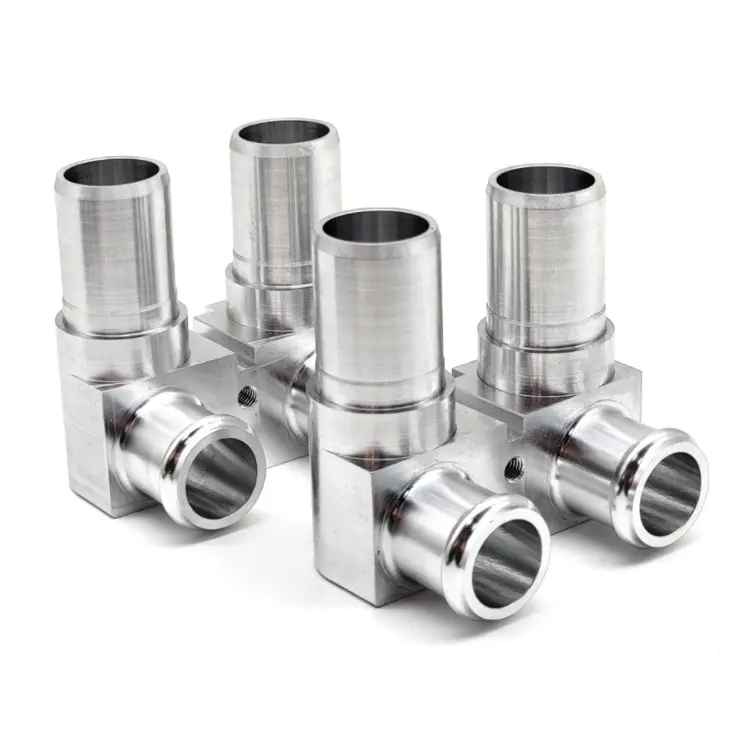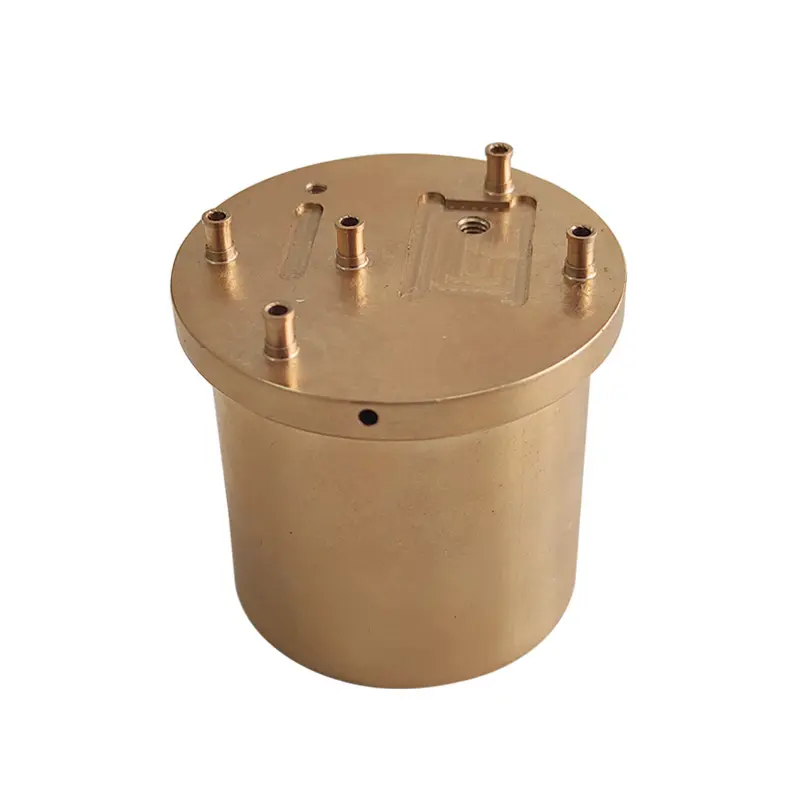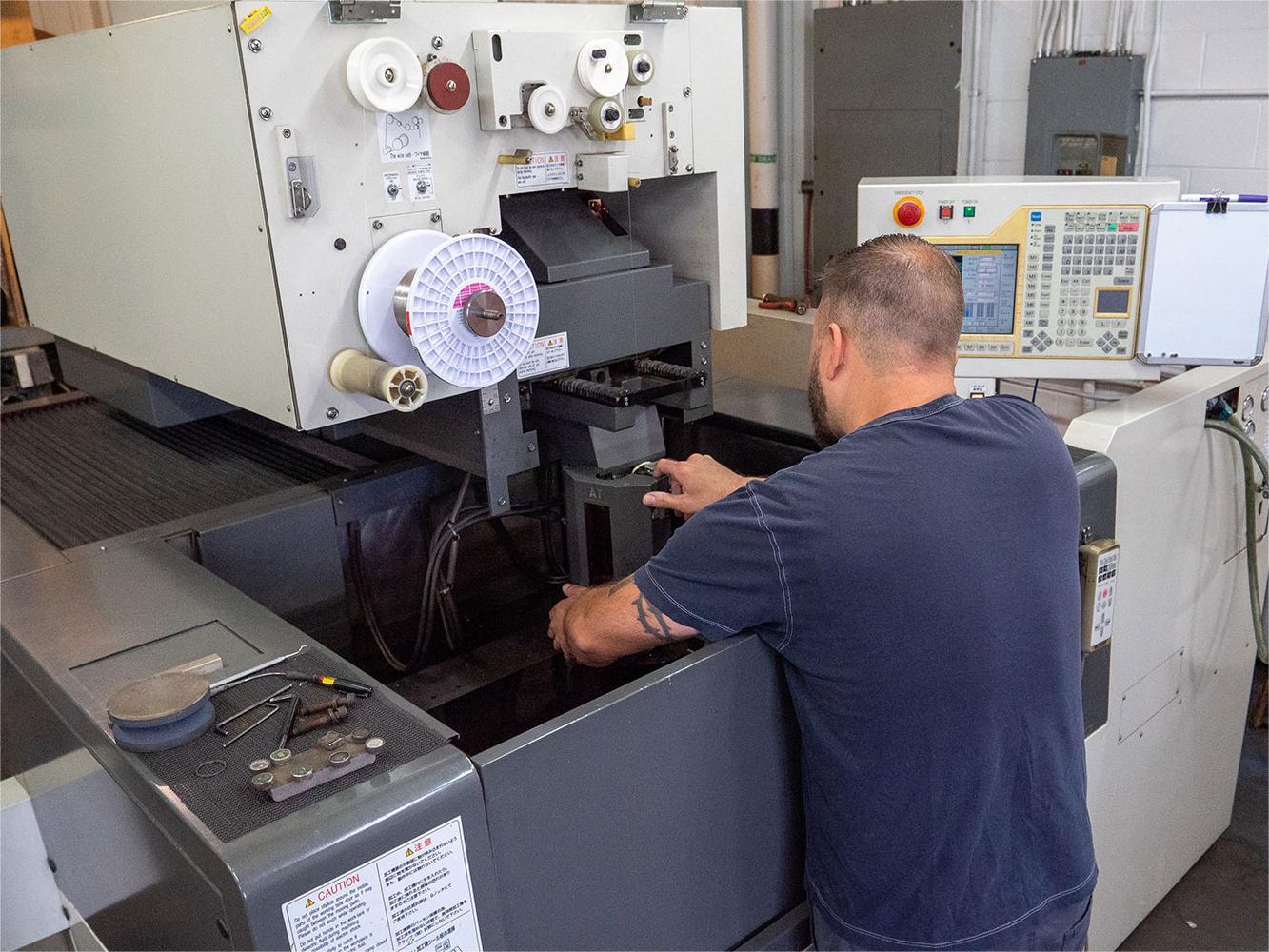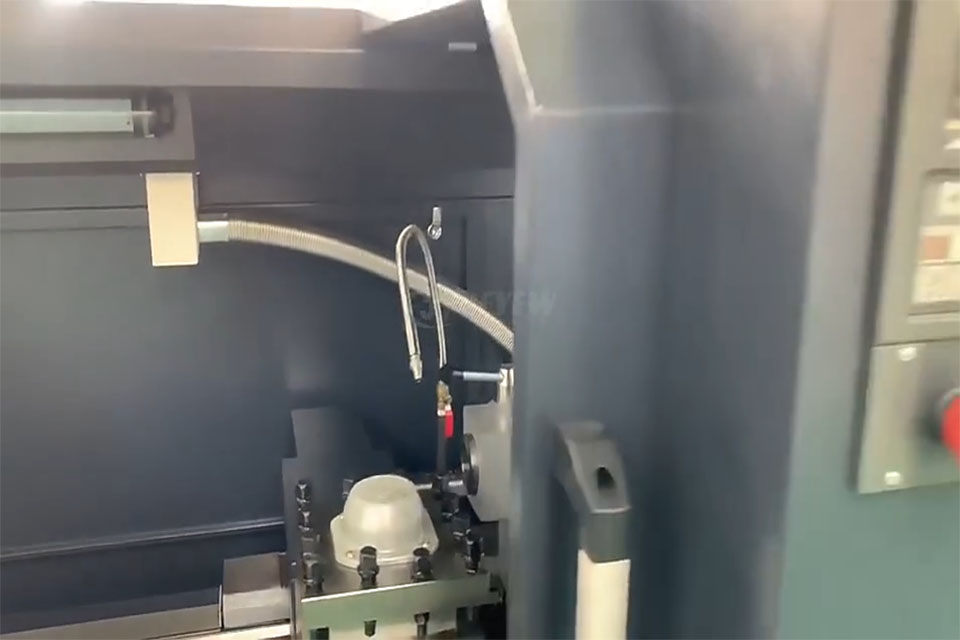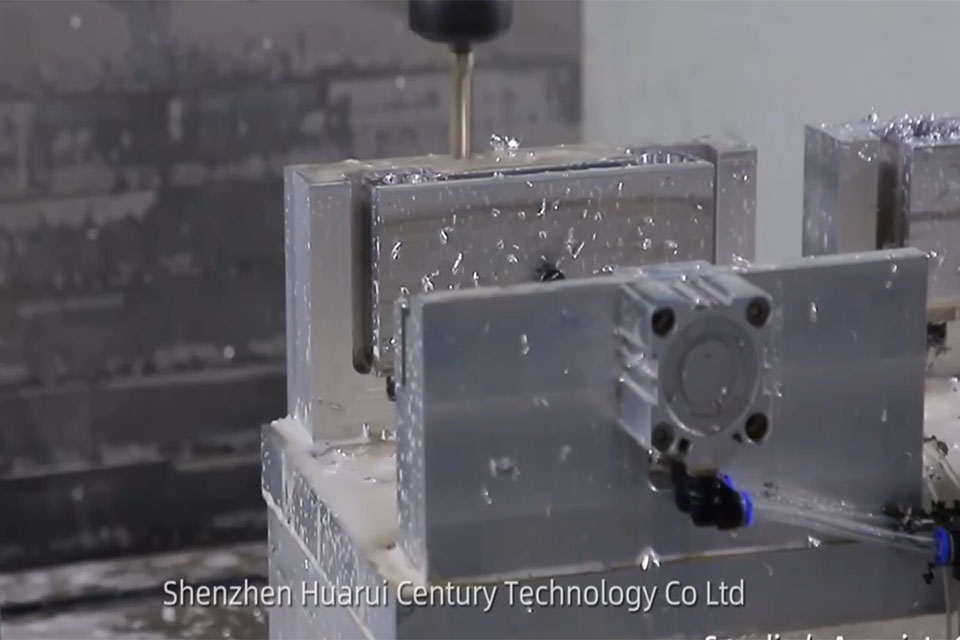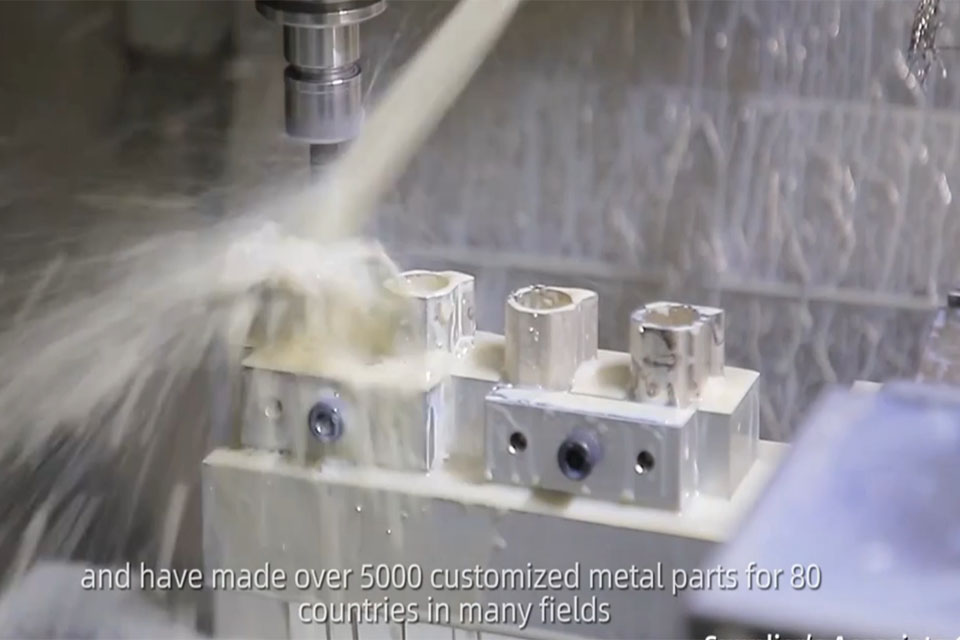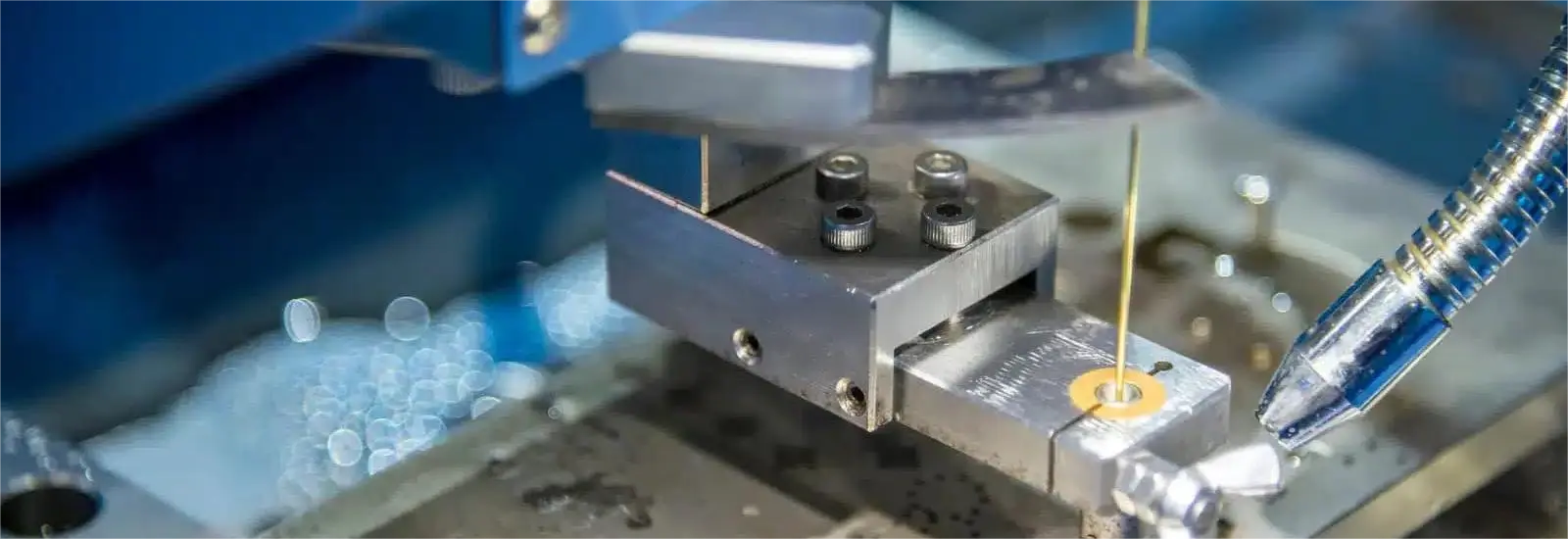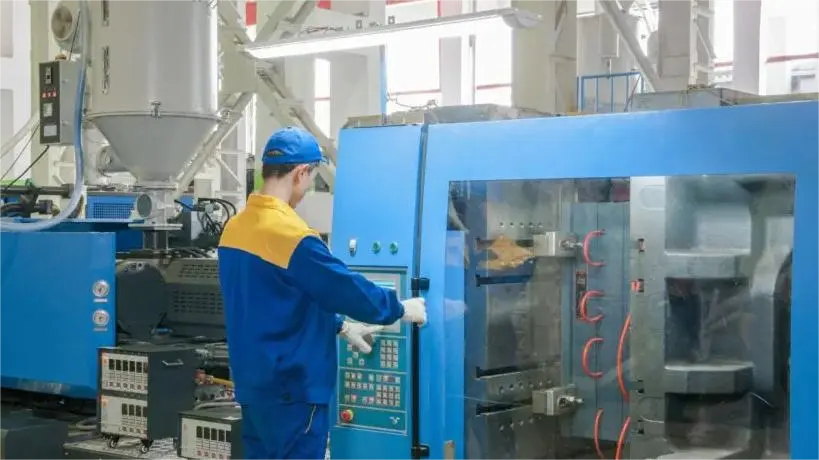
Mastering Precision and Accuracy in CNC Machining: A Guide to High-Quality Manufacturing
목차
소개

Why Precision and Accuracy Matter in CNC Machining
Before we explore the nuances of precision and accuracy, it’s crucial to understand why they’re so important. In industries like 항공우주 및 의료 기기, even a fraction of a millimeter can make the difference between success and failure. Here’s why these principles are vital:
- Safety Considerations: Inaccurate parts can lead to catastrophic failures, especially in high-stakes applications like aviation or healthcare.
- Product Quality Enhancement: Precision and accuracy ensure that every part adheres to design specifications, reducing defects and enhancing customer satisfaction [[2]].
- Efficiency and Cost Reduction: Achieving both reduces waste, minimizes rework, and optimizes production timelines.
Understanding the Difference Between Precision and Accuracy
What is Precision?
Precision refers to the consistency of measurements or machined parts. It’s about repeatability—how closely multiple parts match each other across different runs. For example, if a CNC machine produces 10 identical components with the same dimensions, the process is precise, even if those dimensions aren’t perfectly aligned with the design blueprint [[3]].
What is Accuracy?
Accuracy, on the other hand, measures how close a part’s dimensions are to the target value. If a part is designed to be 100mm long and the machined part measures exactly 100mm, the process is accurate. However, accuracy alone doesn’t guarantee consistency—a part can be accurate but not precise if the results vary widely across multiple attempts [[4]].
How Precision and Accuracy Impact Your Machining Outcomes
To better understand the relationship between precision and accuracy, consider the following scenarios:
| Scenario | 정밀도 | 정확성 | 결과 |
|---|---|---|---|
| Precise but Not Accurate | 높음 | 낮음 | Parts are consistent but consistently off-target, leading to functional issues. |
| Accurate but Not Precise | 낮음 | 높음 | Parts occasionally hit the target but lack consistency, causing variability. |
| Both Precise and Accurate | 높음 | 높음 | Ideal outcome: parts are consistent and meet design specifications perfectly. |
Factors Affecting Precision and Accuracy
Achieving both precision and accuracy requires addressing several key factors:
1. Machine Calibration and Maintenance
Regular calibration ensures machines stay within tolerance limits. Neglecting maintenance can lead to misalignments and inconsistent results [[5]].
2. Tool Wear and Selection
Worn-out tools can compromise both precision and accuracy. Regularly inspecting and replacing tools is essential for maintaining quality [[6]].
3. 환경 조건
Temperature fluctuations and humidity can affect material properties and machining outcomes. Controlled environments help minimize these variables [[7]].
4. Operator Skill Level
Experienced machinists understand how to optimize cutting parameters, interpret blueprints, and troubleshoot issues in real-time [[8]].
Practical Tips for Improving Precision and Accuracy
Here are actionable steps to enhance your machining processes:
- Conduct Repeatability Tests: Evaluate how consistently your CNC machine produces the same results under identical conditions.
- Use Advanced Measurement Tools: Tools like micrometers, calipers, and CMMs help detect even the smallest deviations [[9]].
- Leverage Real-Time Monitoring Systems: Modern CNC machines equipped with sensors and feedback loops can automatically adjust operations to maintain precision and accuracy [[10]].
- Optimize Cutting Parameters: Adjust feed rates, spindle speeds, and cutting depths based on material properties and part design.
Case Study: Achieving Precision and Accuracy in Aerospace Components
Consider the production of turbine blades for aerospace applications. These components require tight tolerances and flawless performance. By implementing advanced CAD/CAM software, using high-precision cutting tools, and conducting rigorous quality control checks, manufacturers can ensure that each blade meets exact specifications. This case highlights the importance of combining technology, expertise, and meticulous attention to detail [[1]].
자주 묻는 질문
Does Precision Equal Accuracy?
No, precision and accuracy are distinct concepts. Precision focuses on consistency, while accuracy measures how close results are to the target value.
How Do Environmental Factors Affect Machining?
Temperature and humidity changes can cause materials to expand or contract, leading to dimensional deviations. Controlled environments mitigate these effects [[7]].
What Role Does Operator Training Play?
Skilled operators can calibrate machines, select appropriate tools, and make real-time adjustments, ensuring both precision and accuracy [[8]].
How Can I Measure Precision and Accuracy?
Use statistical analysis techniques, repeatability tests, and measurement tools like micrometers and CMMs to evaluate machining outcomes [[9]].
주요 내용
- 정밀도 ensures consistency, while 정확성 ensures correctness. Both are essential for high-quality machining.
- 일반 캘리브레이션 및 유지 관리 of CNC machines are critical for maintaining precision and accuracy.
- Advanced tools 및 real-time monitoring systems 를 사용하면 가공 결과를 크게 향상시킬 수 있습니다.
- Skilled 연산자 play a pivotal role in optimizing processes and troubleshooting issues.
By focusing on these principles and continuously refining your processes, you can achieve exceptional results in CNC machining. Ready to elevate your manufacturing capabilities? Explore our range of CNC 가공 서비스 및 Precision Machining Solutions 오늘!

댓글
우수 제품 사례
태그
관련 블로그
블로그에서 CNC 제작에 대한 최신 트렌드와 사실을 확인하세요.



